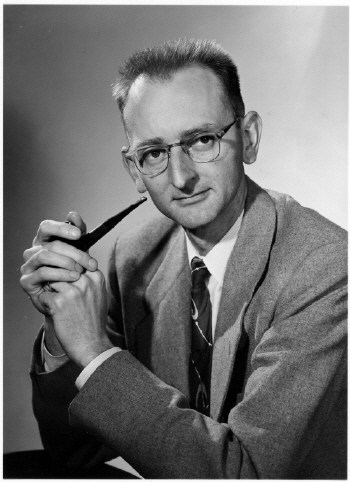In the annals of particle physics, the discovery of antimatter remains one of the most profound achievements of the twentieth century. Among those who paved the way for this revolutionary field was a remarkable physicist whose recent passing marks the end of an era. As a co-discoverer of the antiproton, this individual’s contributions have shaped our understanding of fundamental particles and their interactions. The following exposition pays homage to his revolutionary work, the implications of antiproton research, and the lasting legacy left in the scientific community.
The journey toward the discovery of the antiproton began with the theoretical underpinnings posited by early twentieth-century physicists, including Paul Dirac. Dirac’s formulation suggested the existence of antimatter, which led to a plethora of studies aimed at clarifying its properties. These theoretical propositions laid the groundwork for experimental inquiries that culminated in the successful identification of the antiproton in 1955 at the Stanford Linear Accelerator Center, where an international collaboration of physicists employed ingenious methodologies to isolate this elusive particle.
The antiproton, a baryon that possesses a negative charge and is the antiparticle of the proton, embodies the principles of symmetry within quantum mechanics. At the moment of its discovery, this particle served as a cornerstone for the burgeoning field of particle physics, stirring enthusiasm among both researchers and the general populace. Notably, the detection of the antiproton necessitated revolutionary advancements in particle accelerator technology, which allowed scientists to achieve the energy levels required for creating conditions conducive to the formation of this particle.
As we reflect on the contributions of the physicist who played a crucial role in this discovery, it is essential to incorporate an analysis of the scientific methodology employed throughout this groundbreaking exploration. The experimentalists engaged in a variety of sophisticated techniques to produce antiprotons, utilizing high-energy collisions between protons within particle accelerators. Such meticulous attention to experimental design exemplifies the dedication of a generation of scientists endeavoring to unravel the complexities of the cosmos.
This individual’s contributions were not confined merely to the laboratory; they catalyzed an entire discipline that has implications extending well beyond academic boundaries. Research into antimatter has profound ramifications for fields such as cosmology and astrophysics. One of the most intriguing questions arising from this inquiry is the apparent matter-antimatter asymmetry in the universe. Despite equal production rates hypothesized during the Big Bang, observable matter vastly outnumbers antimatter, presenting one of the most perplexing enigmas in modern physics.
Furthermore, the exploration of antiproton properties has led to transformative developments in medical applications, particularly in radiotherapy. Proton therapy, which utilizes protons to target and annihilate cancerous cells, has been fundamentally influenced by insights gained from antiproton research. The ability to leverage particle physics to combat diseases underscores the multifaceted impact that such discoveries have on society, demonstrating a critical intersection between theoretical inquiry and practical application.
As we assess the ramifications of this physicist’s work, it is crucial to evaluate the collaborative nature of scientific research. The discovery of the antiproton was not the endeavor of an individual but rather the product of synergy among numerous scientists. This serves as a poignant reminder of the value of teamwork in scientific pursuit. Every member of the research community contributes unique perspectives, a dynamic that fosters innovation and progress. In recognizing the values of collaboration, current and future generations of scientists are encouraged to perpetuate this spirit of collective inquiry.
Upon the passing of this luminary physicist, we also reflect on the broader impact he made as a mentor. His dedication to fostering the next generation of scientists will be his enduring legacy. By instilling a passion for inquiry and instigating a spirit of rigor among young physicists, he nurtured countless careers, reinforcing the importance of mentorship in academia. The ripples of this influence can be felt throughout the scientific community as today’s physicists continue to explore territories that built upon the foundations he established.
In conclusion, the death of this antiproton co-discoverer signifies the loss of a pioneering thinker whose work epitomized the quest for knowledge that resides at the heart of scientific endeavor. As we bid farewell, we recognize that his discoveries will continue to inspire future generations, urging them to explore the frontiers of particle physics and reflect on the implications of antimatter in understanding the universe. This tribute not only celebrates a life dedicated to research but also accentuates an ongoing legacy manifested through breakthrough advancements and the relentless pursuit of scientific truth. The memories of those individuals who have gone before us serve as both a guide and an inspiration. With each new discovery, we bring honor to their contributions, ensuring that their work resonates through the corridors of scientific inquiry for generations to come.












